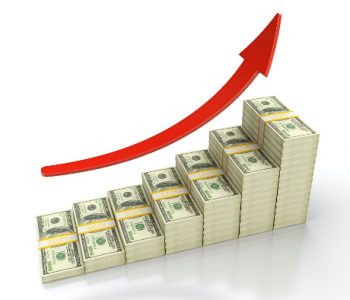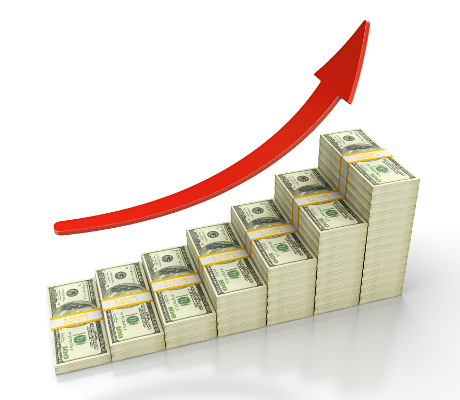How to Invest with Stocks at All-Time Highs

Start Investing in 2017
I felt like an economic Einstein back in 2000.
Then the dot-com bubble burst. My account started taking on water like a sinking ship: wind, rain, cabins flooding, masts breaking, sails ripping, lightning flashing.
The sailors were so scared, they were pushing women and children out of the way to get on a lifeboat.
Every day I sat glued to the computer, watching years of hard work melt away. You don’t forget that pit in your stomach. Because I needed to salvage something, I dumped all my shares.
Then the worst thing happened: stocks soared.
The Fed slashed rates. That unleashed a kind of animal spirit, sparking a huge upswing. It felt like it was one big party and I missed all the fun.
Of course, I’m not the first person to get left behind after a rally. A lot of people bailed before the recent bull market.
Buoyed by a flood of cheap money, the Dow has soared past 20,000. Those gains have a lot of people itching to get back into equities.
For anyone looking in, it feels like being stuck between a rock and a hard place. Do we buy stocks at all-time highs or wait for a correction? For those of us with memories of 2009, you’d need titanium orbs to jump back in.
I’m always a big fan of owning wonderful American businesses. That doesn’t mean, however, that you have to go the whole hog and bet the farm in one shot. If you’ve missed the rally over the past few years, here are five tips to get back in.
Buy Slowly: You can take the guesswork out of investing by spreading out purchases over time.
Say you have $100,000 to invest. Instead of putting all of that money to work at once, you start by investing $10,000 or so. The rest can be put into the market incrementally over months.
If stocks rise, you profit. If not, you can buy shares at cheaper prices. Too many people approach investing as an all-or-nothing decision. And given most investors (myself included) have the market timing skills of a potato, they’re prone to going all-in at the worst possible moment.
Plan Ahead: Write down your strategy before putting any cash to work. This plan should include goals, asset allocations and investment criteria. Like a pilot going through their emergency checklist, writing down rules beforehand makes it easier to keep a level head.
My approach? I divide my net worth evenly among four groups (cash, stocks, bonds, and hard assets). Each year, I rebalance my positions, trimming my winners and adding to losers. It’s a disciplined, proactive technique to buy low and sell high.
Diversify: U.S. stocks now hover near all-time highs, but European equities have been hammered. You can find absolute bargains in emerging markets. Canadian stocks have gone nowhere for over 10 years.
Most people chase hot sectors, and we tend to invest close to home. But as we’ve seen over and over again, yesterday’s losers become tomorrow’s hot stocks.
Manage Risk: When the market looks like a straight up rocket ride, it’s easy to forget that shares can drop in an instant. Who hasn’t let their emotions trick themselves into taking more risk? Every portfolio, though, should include a hearty portion of fixed-income investments. Locking in a two-percent yield might not sound exciting, but that security gives a nice buffer after the Dow drops 500 points.
Most people hate cash. They look at the yield, subtract inflation, and assume they’re getting killed. Cash, though, is like an option on every asset class. Keeping some reserves gives you the courage to buy when the market swoons.
Don’t Predict: This might throw some readers off, but where stocks go next doesn’t matter. I recently read a great piece from the early 90’s. In the article, the author correctly called the coming recession, higher interest rates, and the next market plunge.
The funny thing? His great call hardly mattered. Even if you made the mistake of buying stocks near the top, the Dow went on to deliver an eight-percent annualized return over the next 20 years. History shows fretting about the next correction is mostly a waste of time.
Bottom line: market tops tend to be slow, drawn-out affairs, while bottoms are tempestuous events. A tiny, tiny group of people can call either, and you (and I) are not in that club.
So why throw money at your portfolio and hope for the best? Diversification, portfolio rebalancing, and dollar cost averaging will improve your returns—assuming you have the discipline to stick with them.











